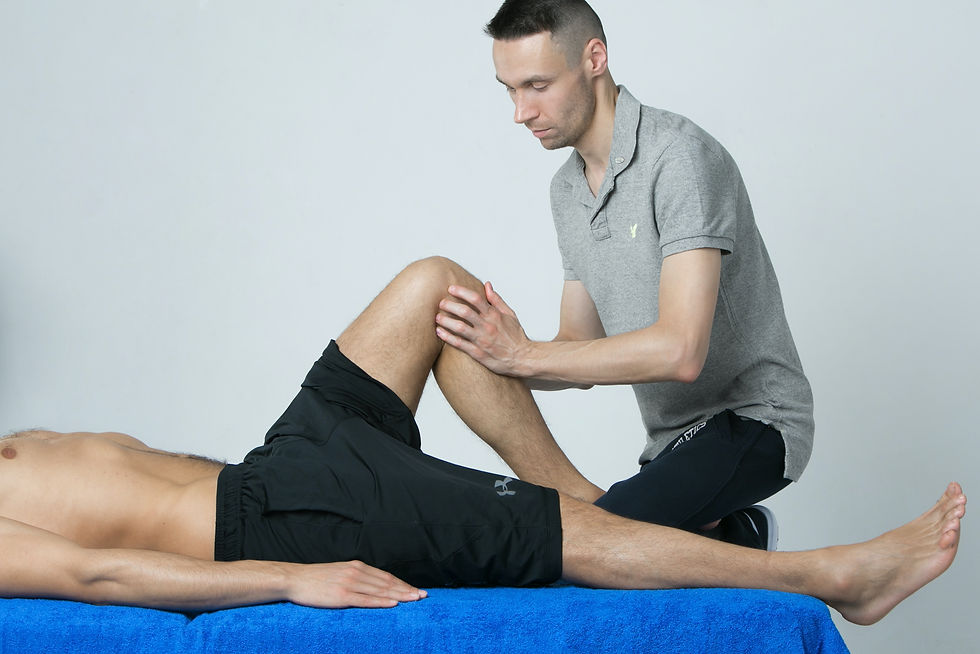

Guided Ayahuasca Retreats: What to Expect
Embark on a journey with an Ayahuasca Retreat. Discover its unique offerings and connect with your spiritual self.


What Influences Therapy Cost? Essential Factors Explained
Explore key insights into therapy cost and its impact on accessibility, decision-making, and emotional well-being.


How to Master Mindfulness Practices (A Beginner's Guide for 2025)
Explore mindfulness practices to alleviate stress and anxiety effectively with easy daily activities and proven techniques.


Transform Your Smile with Cosmetic Dental Treatments
Unlock a confident smile with cosmetic dental treatment. Discover solutions for crooked teeth, stains, and uneven edges.


AI Study Tools: Essay Formatting, Grading, and APA 7 Citations
Explore how AI study tools can enhance essay formatting and save time on academic tasks for students.


7 Simple Healthy Habits That Can Help You Feel Better Every Day
Explore seven simple healthy habits that can brighten your daily routine and improve your overall well-being.


CBD for Sciatica: Exploring Treatment Options
Explore how CBD for sciatica can provide relief from sharp nerve pain and improve daily movements and sleep patterns.


3 Great Treatments to Help With Chronic Pain
Explore strategies for managing chronic pain and discover options that can complement your prescribed medication.


Best Kratom to Treat Pain: What You Need to know Before Taking It
Explore the best kratom for pain relief and learn how it can provide an effective alternative to traditional medications.







